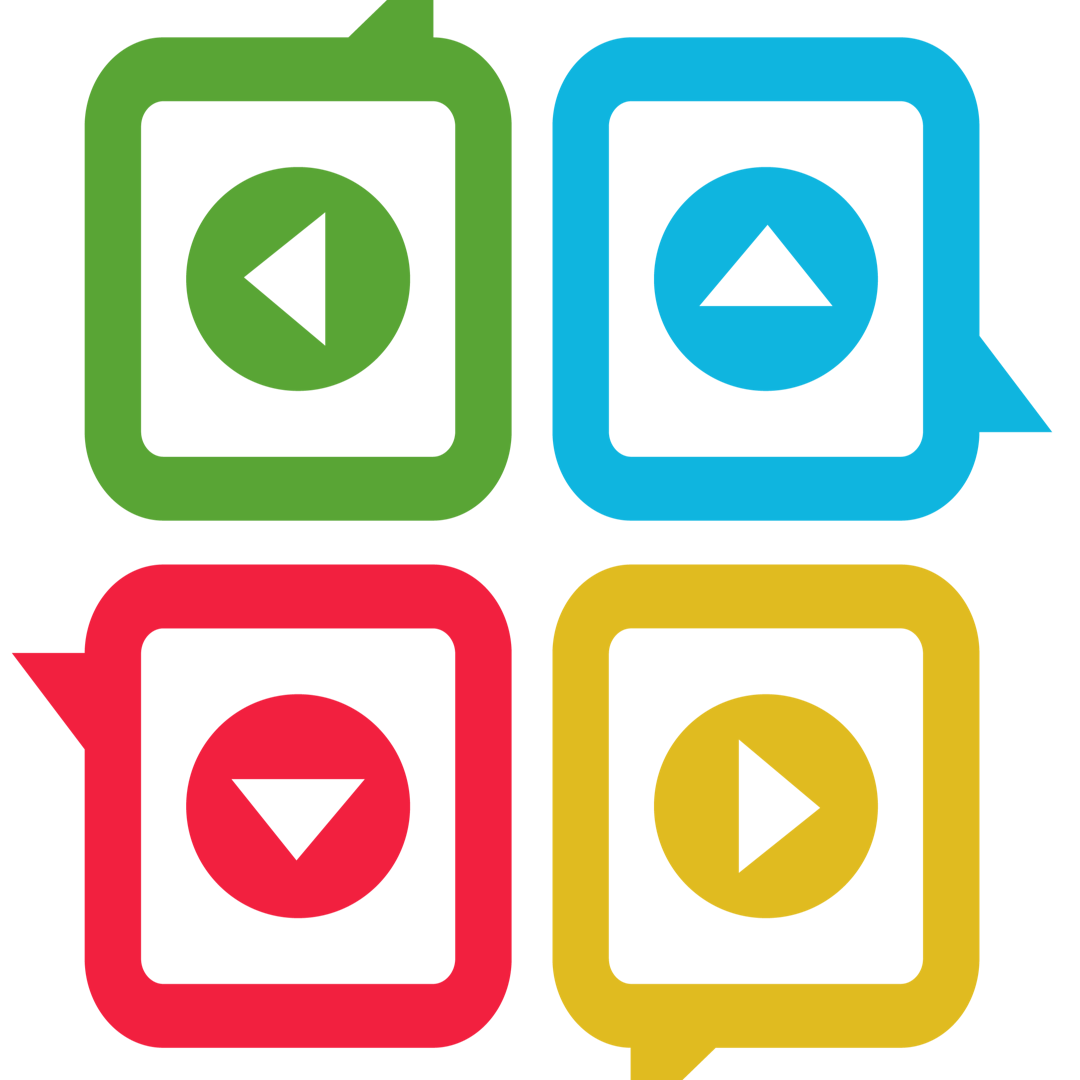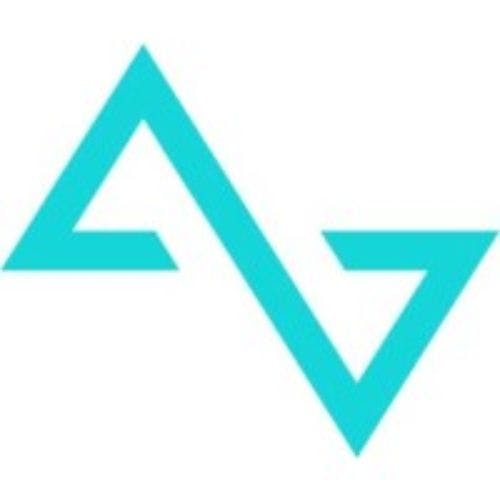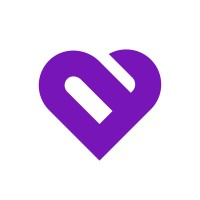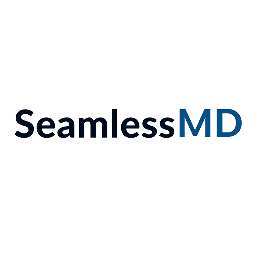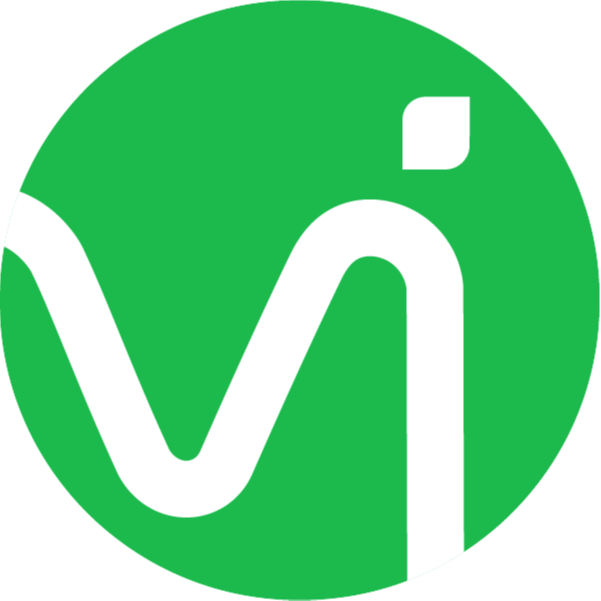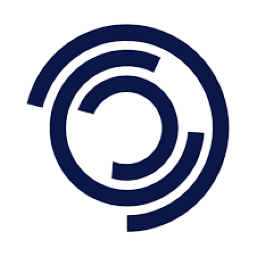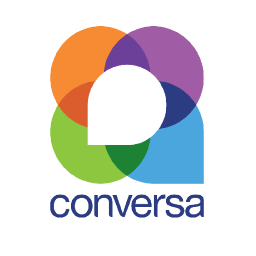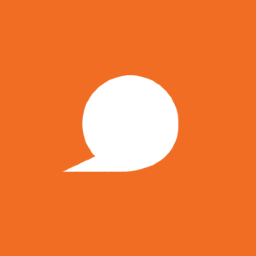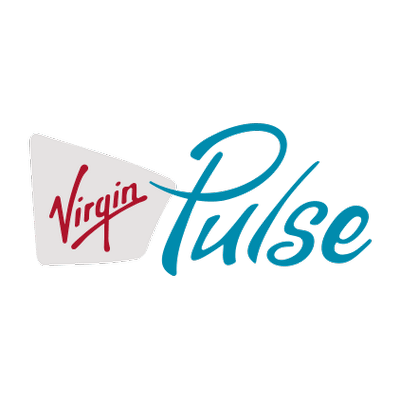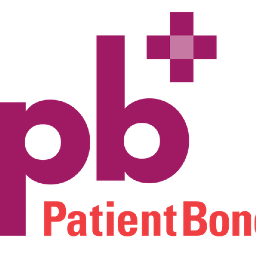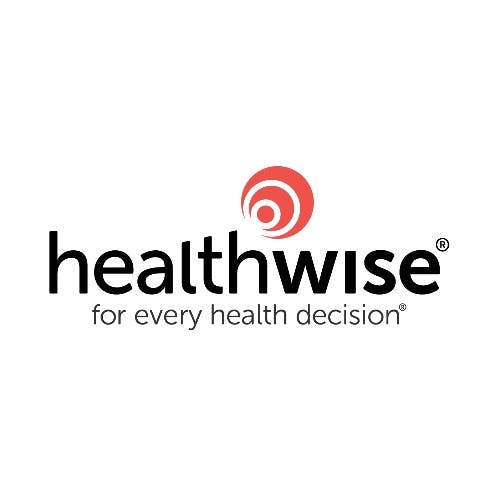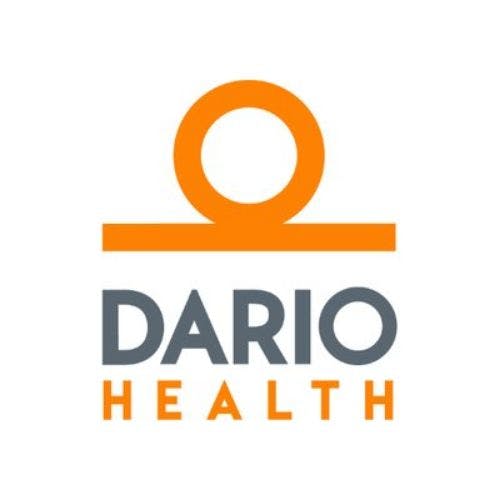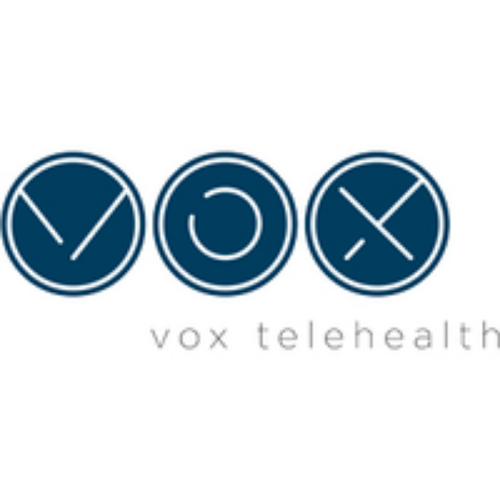Currently, we have identified 97 digital solutions in the patient education space, many of which integrate with leading systems like Epic, Cerner, Meditech, Allscripts, McKesson and others. This means you can choose a patient billing and payment solution that meets the unique needs of your healthcare organization and patients.
What’s more, our verified client data for these solutions shows that over 100 health systems are already using patient education solutions. This demonstrates the growing acceptance of this technology among healthcare providers as a means of improving the delivery of tailored health education content to the patient through the care continuum.
Patient education is a crucial aspect of healthcare management that enables patients to better understand their health conditions, adhere to care plans, and improve their outcomes. Traditional methods of patient education, such as conversations with providers and paper materials, can be time-consuming and ineffective. That's why AVIA Marketplace suggests a range of digital patient education solutions that automate and personalize the process, delivering condition-specific health education to patients at the right time and place in their care journey.
On this page, you'll find a curated list of patient education tools from top vendors in the industry. These solutions provide tailored health education content, empowering patients with the knowledge and tools they need to take an active role in their healthcare. With best-in-class digital education solutions that go beyond delivering relevant information at the right time, we aim to help healthcare providers select technology that improves patient satisfaction scores, care plan adherence, and outcomes.
With AVIA Marketplace, you'll have access to the latest and most innovative patient education solutions that can help improve your healthcare organization's patient engagement and outcomes.
